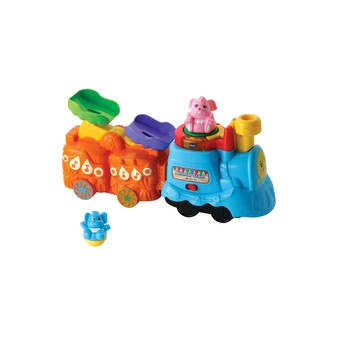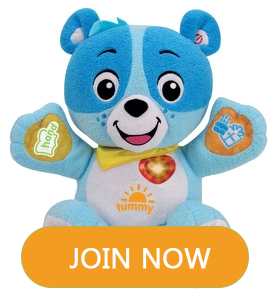Why Join VTech Club?
Joining is free, fast and full of great benefits, such as:
- Promotions and offers
- Monthly £1,000 prize draw*
- Regular competitions
- Special offers for our members
Added benefits
- Register your VTech products
- Apply to be a Product Tester
-
Shop
AgeBaby MonitorsBy BrandMore Ways To Shop
- Brands
-
Downloads
Learning LodgeLearning Lodge AppsIOS AppsAndroid AppsDigiart
-
Parents
VTech Club Sign-up
- Customer Support
Consumer ServicesAbout VTechFirmware UpdatesContact Us - Customer Support
Shop
Age
Baby Monitors
By Brand
More Ways To Shop
Brands
Downloads
Learning Lodge
Learning Lodge Apps
IOS Apps
Android Apps
Digiart
Parents
VTech Club Sign-up
Parenting
Community
Customer Support
Consumer Services
About VTech
Tutorials
Firmware Updates
Contact Us

1-5
YEARS
ZoomiZooz Animal Train
£18.99
Temporarily unavailable to purchase online,
for more information please call 03306780149
for more information please call 03306780149
Developmental Benefits

Language Development

Motor Skills

Cause & Effect

Hand Eye Coordination

Imaginative Play
Developmental Benefits
ZoomiZooz Animal Train

- Introduces the alphabet, letter sounds and vocabulary.
- Babies start to babble at an early age and this can be seen as the first signs of language. They are predisposed to pick up the sounds of the language that they hear around them. Adults can facilitate babies’ language development by playing with them, focussing on particular toys, reading books and naming everyday objects. The more babies are exposed to language the faster they will begin to pick up it up. There are social skills involved in language acquisition such as realising that it is necessary to wait until the other person has finished speaking. Babies begin to learn about conversational turn-taking from an early age; if a baby is babbling the adult waits for a pause and then talks to the baby. Babies learn to take turns even before they are using words. Social interaction is important for language development and turn-taking games are a fun and educational way for babies and young children to learn.
Young children also need to practice their language skills. Toys that name alphabet letters and everyday words satisfy young children’s need for repetition and rehearsal when practicing words and sounds. For instance, young children can press a button repetitively to hear the same sound or word again. Babies and children learn a lot through repetition and pick up words rapidly in this way. Once children begin to read their vocabulary expands enormously.

- Encourages fine motor skill development.
- An infant’s growth and development in the first year of life is rapid. Many movements that young babies make are in preparation for the next stage of their development. When young babies watch a mobile they are constantly moving their head, arms, legs and even their mouths in response to the movement of the toy. Sound and movement attract a baby’s attention; if a toy is placed almost within reach of babies their movements become more animated. Bath toys provide opportunities to develop and use motor skills to great effect. For example, a young baby has greater control over their leg movements than their arms. You will often see young babies in a bath reaching with their legs towards a floating toy and kicking. All these movements strengthen muscles in readiness for the next stage - walking.<br /> As babies develop they become more adept at grasping objects. Young infants learn to grasp an object, for instance a cube. The grasping, at first, is quite clumsy but through repetition, and across time, infants become adept at grasping and develop fine motor skills. Infants first use the ulnar grasp where their fingers close against the palm when trying to hold an object. Within another month they are able to move the object from hand to hand. After the first year, infants adopt the ‘pincer grasp’ where they use their thumb and index finger to grasp even very tiny objects. Shape sorters help infants to fine tune their visual perception and hand coordination. Soon infants are building towers with two cubes; this also requires fine coordination skills. As the child grows computer games have been shown to help with hand and eye coordination. Spatial skills can also be enhanced when playing games that require concentration, quick responses and finely tuned motor skills.

- Rewards baby as they learn that their actions have reactions
- Babies are exploring and experimenting with the world almost from the day they are born. Cause and effect is a scientific concept that babies learn very early in their lives. A delightful example of this is when babies begin to explore gravity by dropping toys whilst sitting in their highchair. The toy drops downwards and makes a noise as it hits the floor. Parents will tend to pick the toy up and return it to the infant. This enables the baby to continue with their experiment and learn more about cause and effect; babies learn a great deal through repetition and it is good to facilitate opportunities where babies can begin to understand that, for instance, a toy will always fall to the ground. This type of learning through cause and effect continues throughout childhood. Encouraging children to be curious about the world facilitates learning through experience. Toys that reliably make a noise when pressed, pulled or touched teach babies that their actions have an effect on the world. VTech bath toys with their pouring and squirting features encourage cause and effect awareness.<br /> Children demonstrate that they have understood the concept of cause and effect when they talk about the consequence of actions. Before children use spoken language researchers discover what young infants understand about the world by presenting them with unexpected events. For example, babies are beginning to understand that toys reliably fall to the ground and that if a toy train goes into a tunnel it will come out the other end. If babies are presented with an unexpected event where, for example, a moving toy train disappears behind a screen but does not come out the other end they will stare for a long time at the screen. VTech toys offer babies and children the opportunity to learn more about cause and effect by pressing buttons and listening to the sounds, moving toys around and playing educational computer games.

- Aiming and concentrating on a target improves hand/eye coordination.
- Humans have highly developed manual dexterity skills that distinguish them from any other species on this planet. This manual dexterity emerges during the infant’s first year and, with plenty of opportunities to manipulate and play with toys and objects, becomes a highly tuned ability. Babies will reach and grasp for objects in an uncoordinated manner from an early age. As they begin to gain control over their movements infants succeed in reaching for and grasping toys. The first attempts by babies to grasp toys in their hands involve using the palm of their hand with all their fingers around the object. As development occurs through physical maturation and plenty of opportunities to play with toys, grasping becomes more sophisticated. The use of the opposable thumb and index finger allows infants to pick up very small objects in what is termed a ‘pincer grasp’. This finely tuned motor skill emerges at the end of first year of life.<br /> The development of hand and eye coordination skills continues throughout childhood where opportunities to play games that require children to manoeuvre objects, build tall towers or hit targets on a computer screen facilitate the development of finely-tuned hand and eye coordination.

- Imagination and exploration through interaction with characters.
- Children’s imagination is active from an early age. Imaginative play has links to what psychologists call ‘social pretend play’. Young children pretend or imagine that, for instance a wooden block is a cake and they carefully ‘cut’ it. A large proportion of pretend play tends to be social. Imaginative play begins when infants play and pretend with adults. As young children develop they begin to try to engage other children in social pretend play. Young children in nursery benefit from engaging in imaginative play. It helps them to begin to understand that other children think differently to them and have different ideas.<br /> Children can engage in imaginative play with other children where they have agreed on a story or scenario that they want to act out. Young children playing with toys use their imagination to invent scenarios and play out the consequences. They can use characters to explore scenarios and act out scripts such as going shopping or bedtime. Imaginative and social pretend play is beneficial for children as it allows them to explore different ways of viewing the world. Children who use their imagination when playing with other children are increasing their social competence and their understanding of other people. In a study where we observed children playing in a nursery we found that young children engaged in imaginative play, often using the toys in unexpected ways. Children’s imagination benefits from the opportunity to play with all types of toys.
- Welcome to our Animal Train. All aboard! Let's chug-chug along to get to the show!
- Come and meet the ZoomiZooz®, friendly, collectable animal characters that tumble, wobble, bounce and roll around!
- Place the included rabbit and elephant on the Magic ZoomiZone which will magically recognise them and introduce their names and fun animal characteristics!
- Press the funnel to bounce the animals from the ZoomiZone onto the train wagon then pull or push the train to see them wobble and roll!
- Collect all the ZoomiZooz® characters – over 24 to collect!
Best for ages:
1 to 5 Years
Highlights
Place the ZoomiZooz on the Magic ZoomiZone to hear them introduce themselves! Press the funnel to bounce them onto the wagon then push the train to see them wobble and roll!
Description
Welcome to our Animal Train. All aboard! Let's chug-chug along to get to the show! Come and meet the ZoomiZooz®, friendly, collectable animal characters that tumble, wobble, bounce and roll around! Place the included rabbit and elephant on the Magic ZoomiZone which will magically recognise them and introduce their names and fun animal characteristics! Press the funnel to bounce the animals from the ZoomiZone onto the train wagon then pull or push the train to see them wobble and roll! Includes lots of fun phrases, 3 sing-along songs and 15 melodies. Collect all the ZoomiZooz® characters – over 24 to collect!
- Product Number: 80-516503
- 2 x AA Batteries Required
- Customer Support
- Learning Lodge on
macOS 10.15 - FAQs
- Contact Us
- Product Safety Message
- Privacy Policy
- Cookie Statement
- Vulnerability Disclosure Policy
- Delivery Detail
- Website Terms & Conditions
- Learning Lodge Terms & Conditions
- Kid Connect and KidiConnect Terms and Conditions
- eWaste & Battery Recycling
- Product Warranty
- Returns Policy
- Modern Slavery Statement
- Right to Erasure Request Form
- Site Map
- About VTech
- Expert Panel
- Careers
- Sustainability
- Tax Strategy
- Climate Positive Workforce
- VTech Global
- VTech Canada
- VTech US
- VTech Phones

©2025 VTech Electronics, All Rights Reserved.



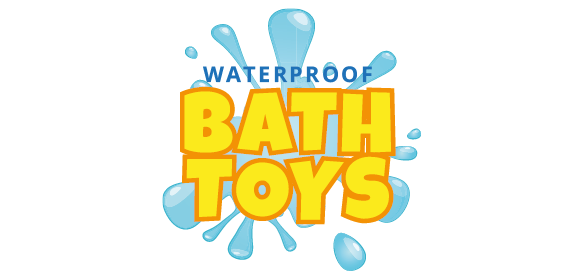
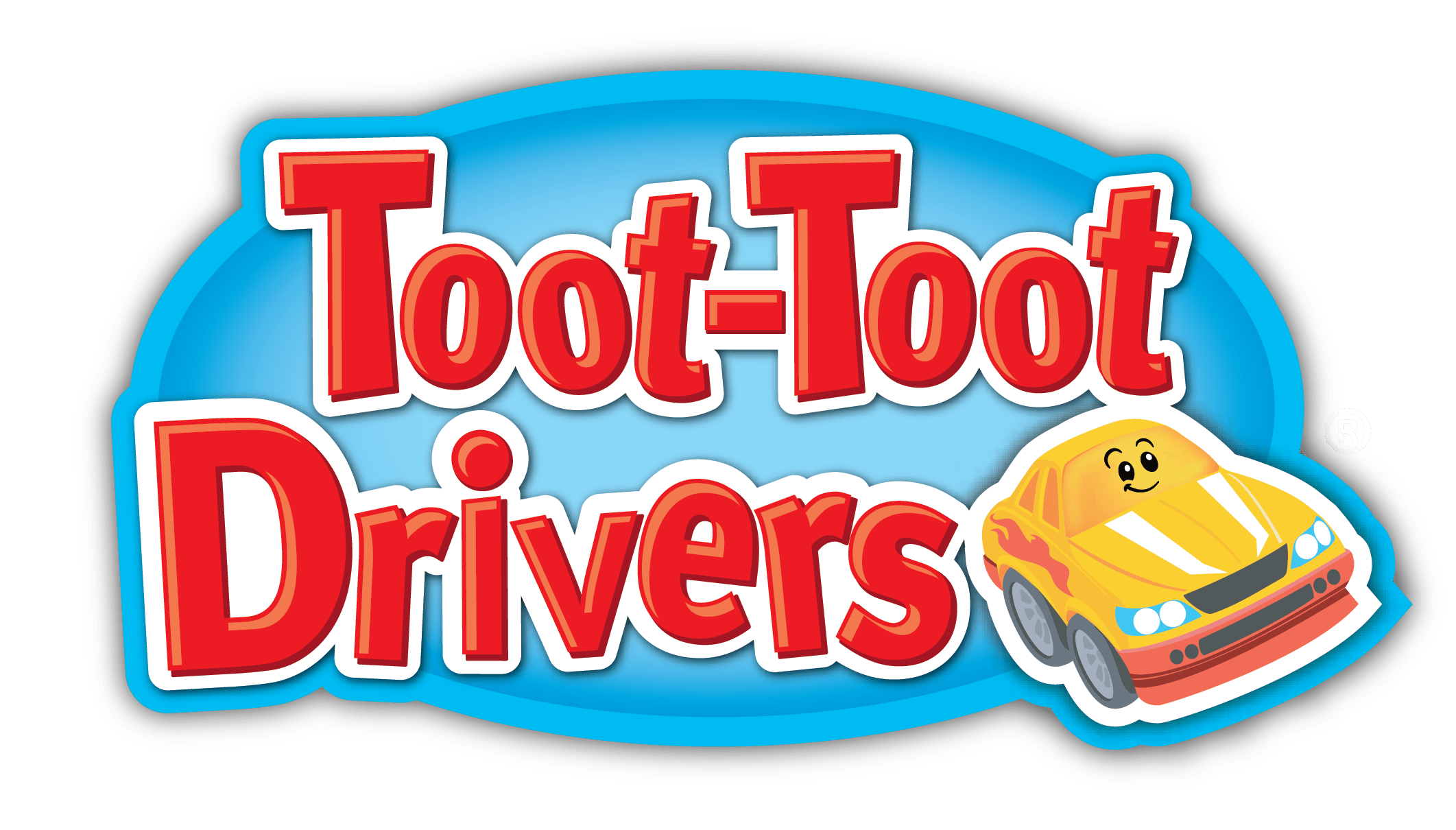
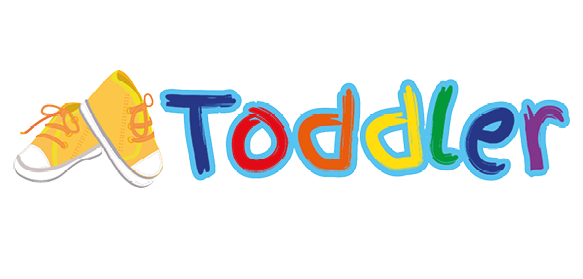


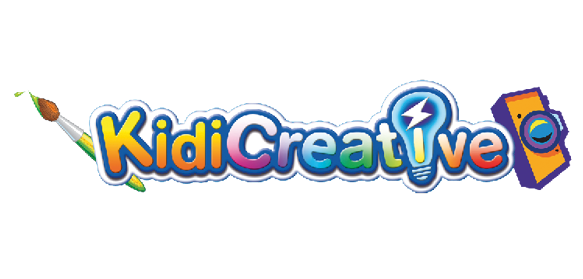

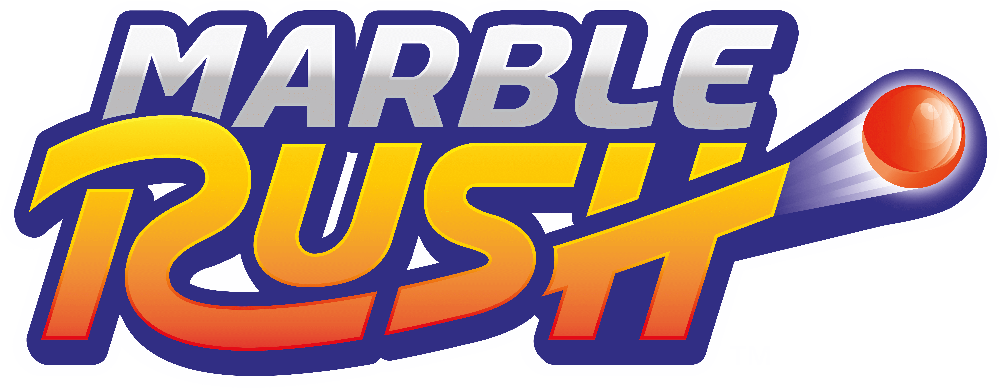
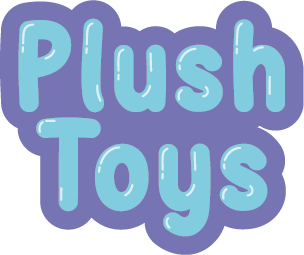

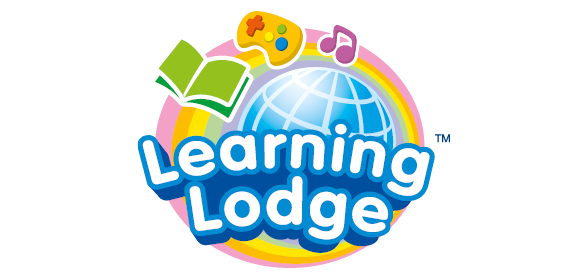 Download
Download

